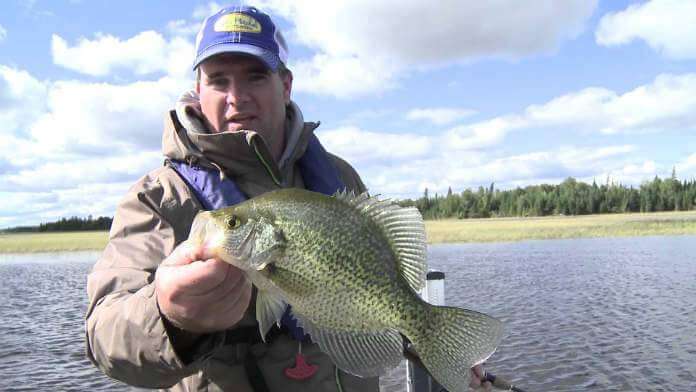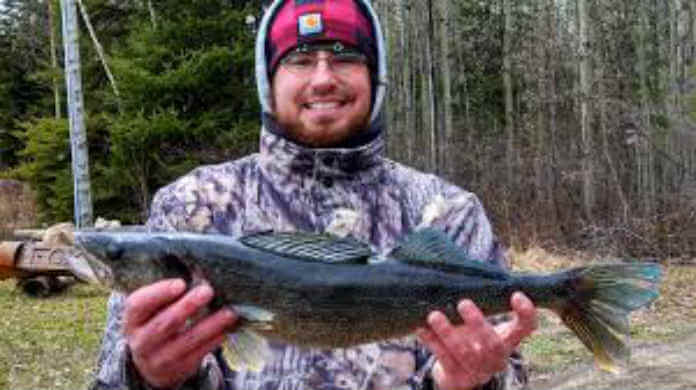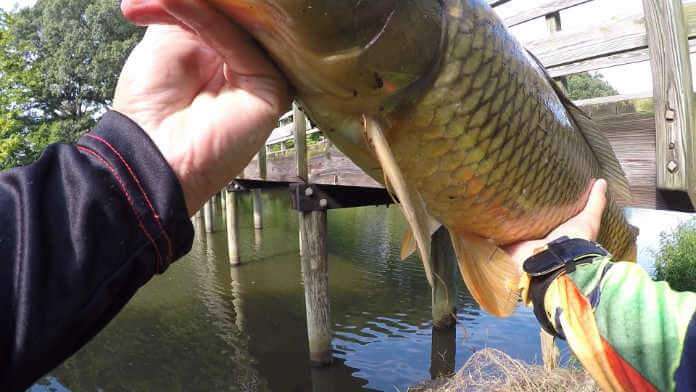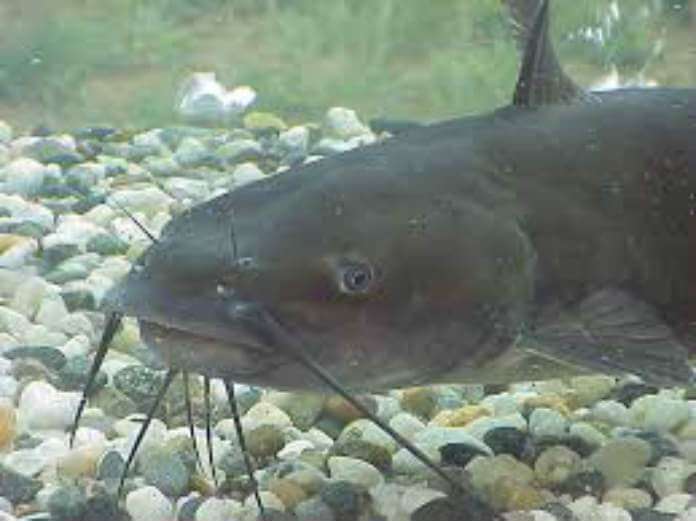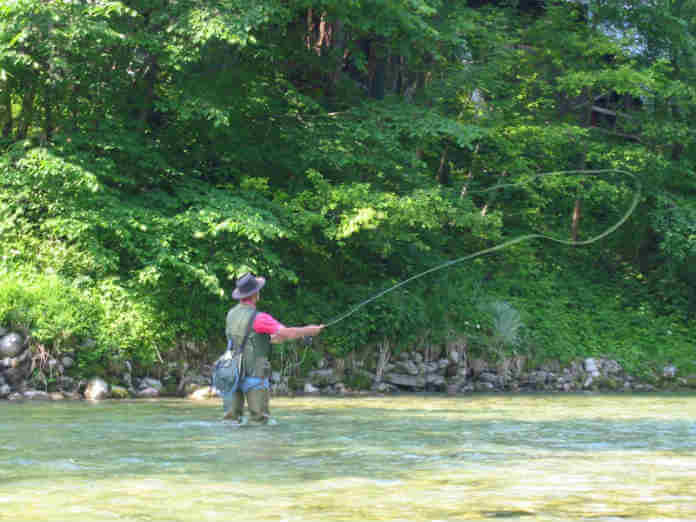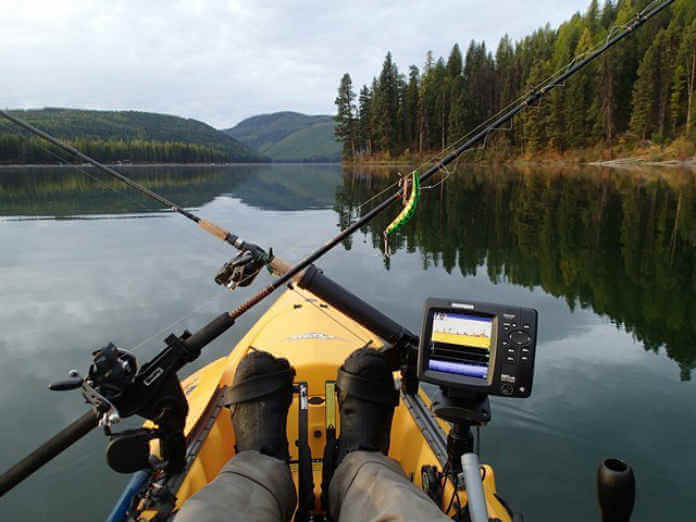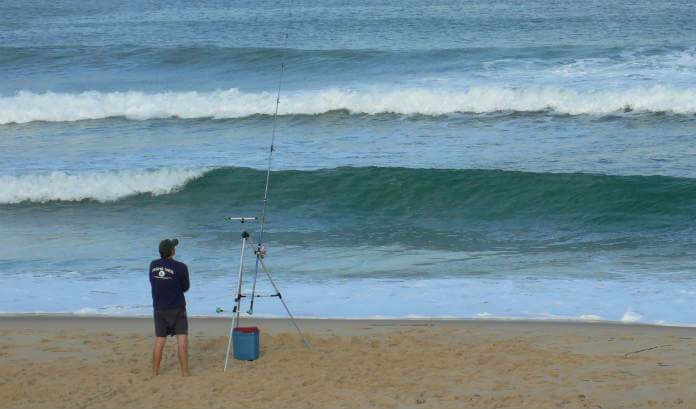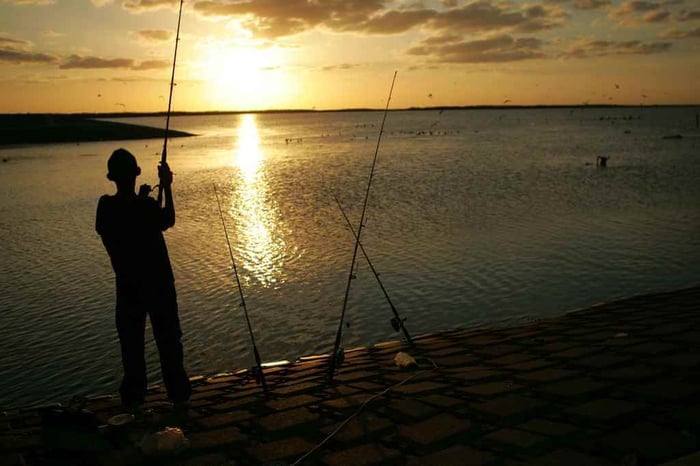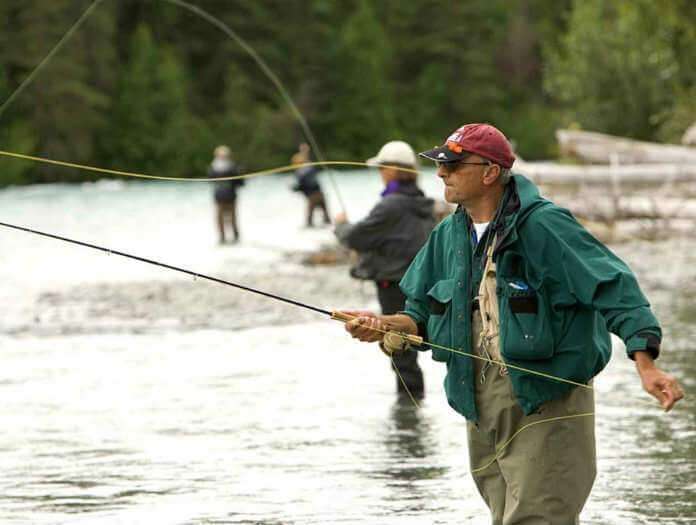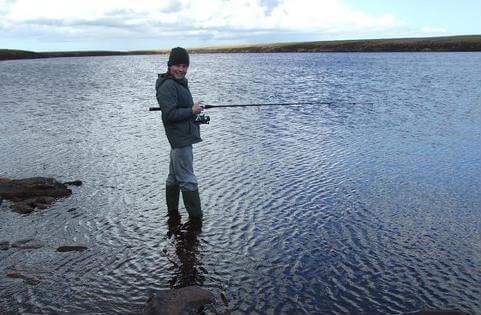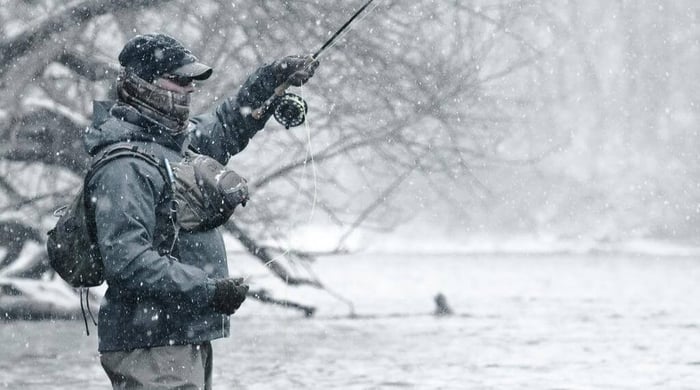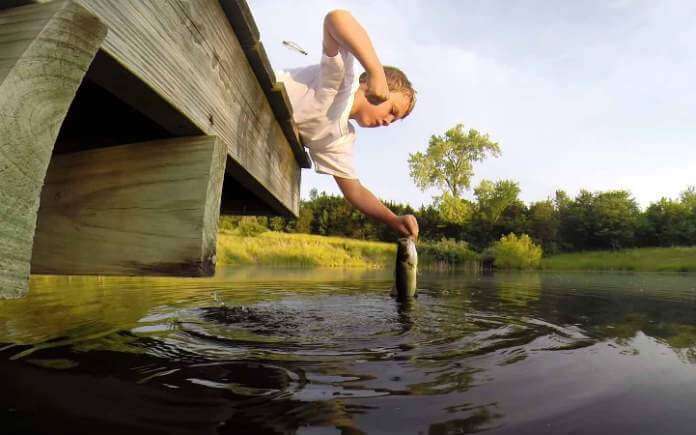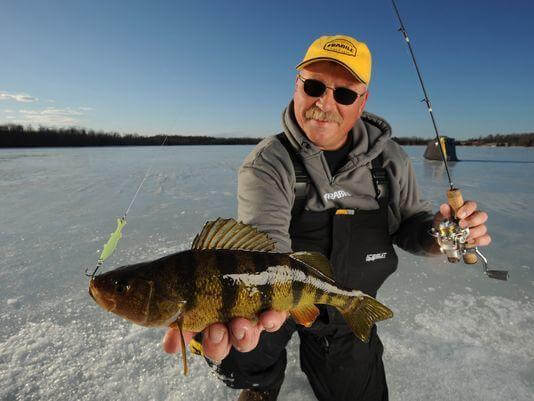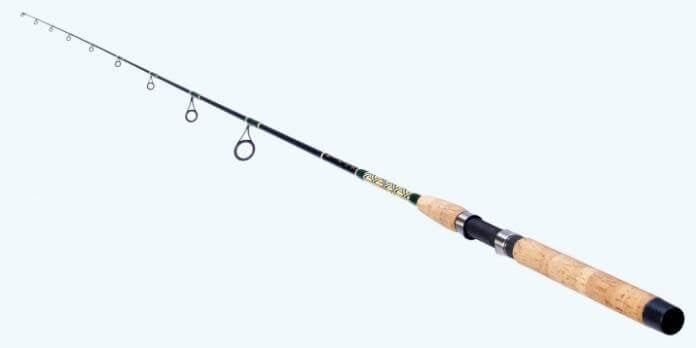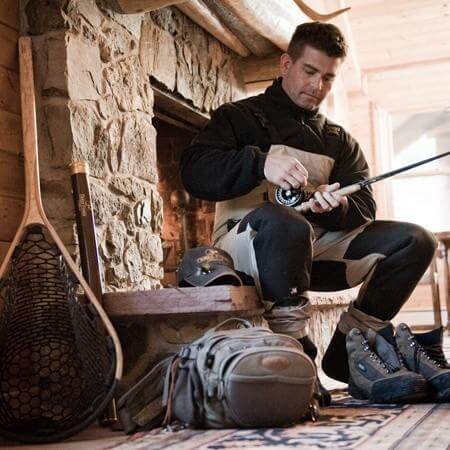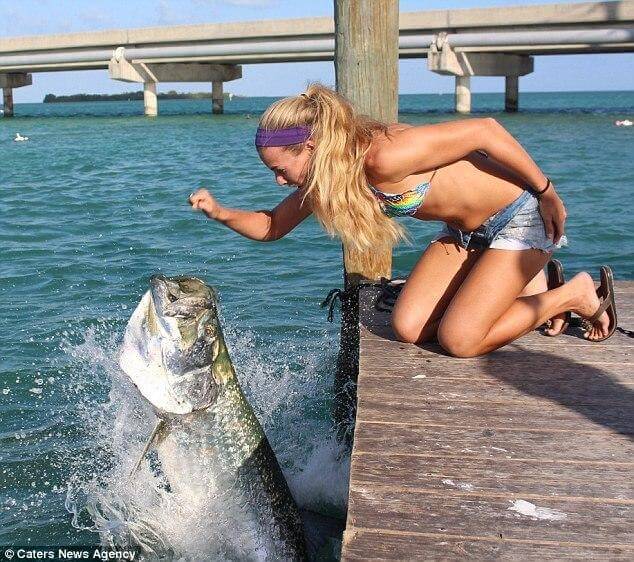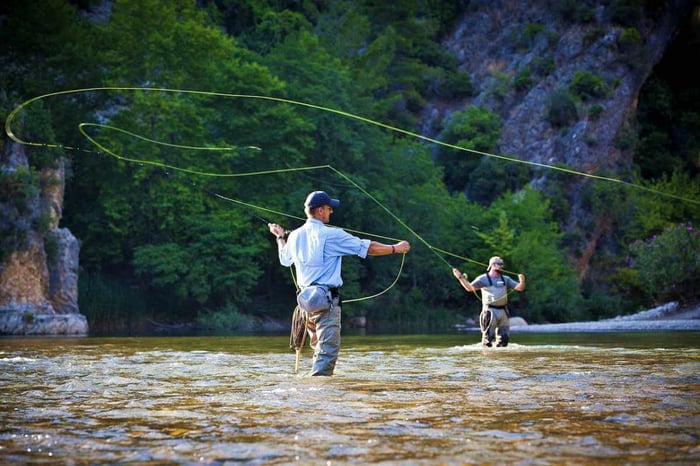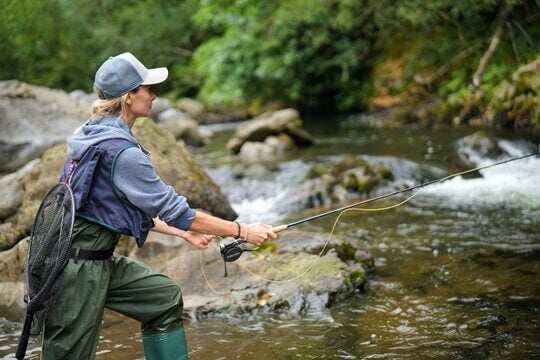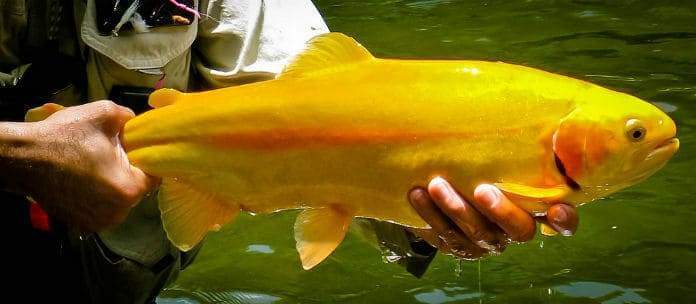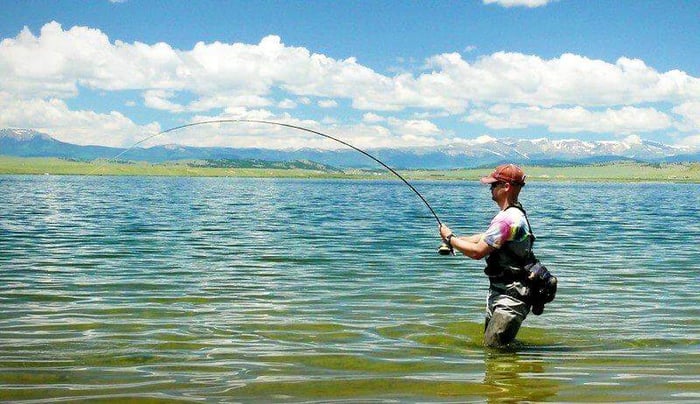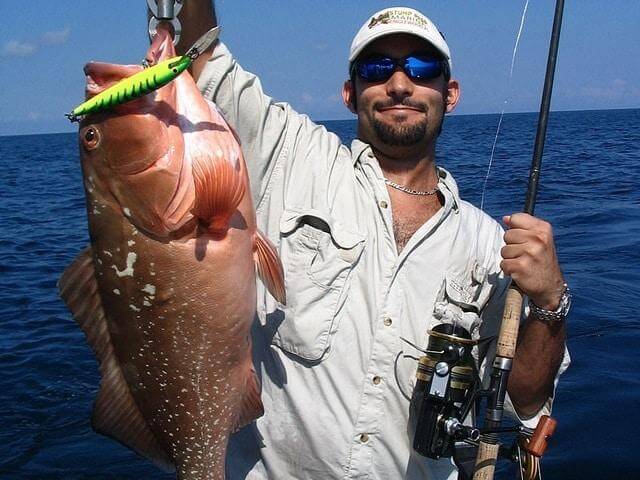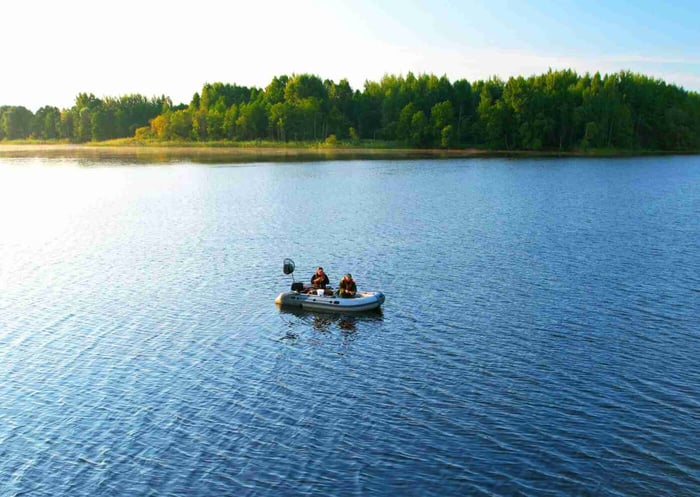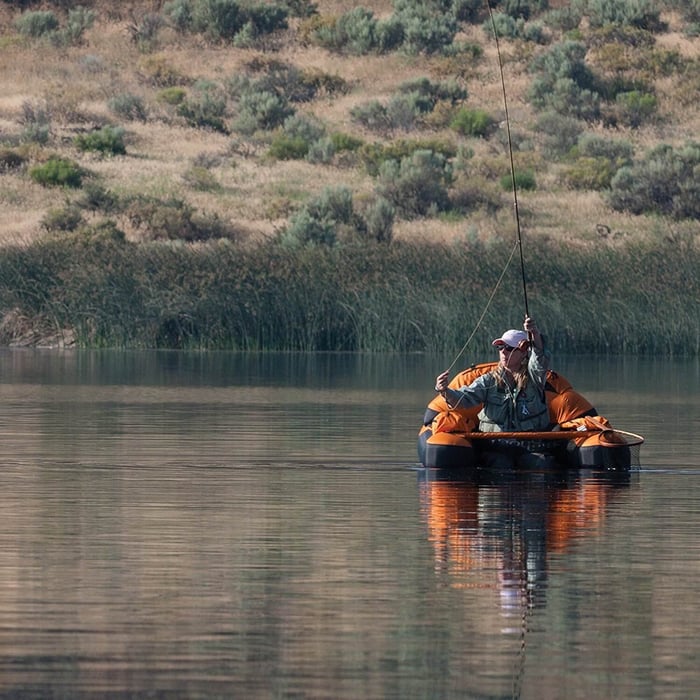Crappie fishing is highly famous and most loved by fishermen! It is because of their abundance in all types of waters in every season, and the hope of having a great catch at the end of the day. Proper knowledge about crappie will significantly help you every time you fish for it. Crappies go to school, so that’s why it is not that hard for you to fish. And usually go for school baitfish too! Crappies like live baits or prey. They possess a predator instinct that anglers are most fascinated by, and it helps them fish productively.
How to Fish for Crappie with Minnows
Minnows are considered the primary, if not the best, live baits for crappies. You can easily purchase minnows at bait shops. But you can catch live minnows for baits also on rivers, lakes, or in places where you’re going to fish in every season of every year. You can easily catch them through cast nets or minnow traps, too! Live baits are the best use on a thin hook. However, it’s your primary choice on what type of fishing technique you should be using with it, especially on live ones.
You can try a simple reel-bait technique. Since crappie love minnows, there are many available minnow-mimic lures on the market for crappie fishing. Even most anglers effectively use live baits, and some use artificial minnow lures for practical reasons or when they don’t feel like visiting bait shops to buy. On the other hand, sometimes you can use live baits together with jigs in fishing. With this, you will catch more. Or even a dead minnow bait and a live one to lure crappies to bite.
It is also best to use regular bobbers or slip bobbers to let the minnow baits suspend just above the crappies to eat.
Contents
However, if live minnows are not on hand, you can consider artificial minnows that are soft, like rubber or gel. Some fishermen claim that they can fish effectively using it. But some say live minnows still won the race and are considered the “King of all baits,” according to some fishermen.
Another method of crappie fishing is to use slender wire hooks directly attached to the fishing line, often through minnows, without the need for a float or bobbers. Some fishermen or anglers use a rig with two hooks for catching more fish. It is sometimes challenging to use live minnows in crappie fishing because they can be difficult to find, and keeping them alive during the fishing process is often a problem. As a result, anglers tend to use artificial baits instead, regardless of the circumstances.
Moreover, minnows are considered “the king of crappie fishing.” So why then go for something else?
How to Fish for Crappie from the Bank
Crappie fishing on the bank is considered the most productive and enjoyable way to fish for crappies. It is simple, yet it is the most commonly done by anglers since it doesn’t require expensive equipment. Still, instead, you can go with a reel-bait technique that is so simple and traditional too, as long as you know how to hit where and when to fish, or you don’t need a boat to enjoy it, with, of course, a large catch.
For the best crappie fishing, you can use simple techniques such as dipping the cover, casting, and using a float.
One way to catch crappies on the bank is by dipping, which is best done during the spring and fall. It is usual for crappies to move out to shallow waters to feed themselves at this time of the year, so it is more exciting to do bank fishing. They try to lay eggs or spawn during spring, so they are usually prone to going to the banks to feed. They typically spawn in as little as 1 ft. near the surface, making it easy for fishermen to fish.
Crappie fishing on banks is very productive, as crappies often form schools, so expect a great catch. The best way to dip is by using a simple rod and bait, wherein you must start dipping on the slopes of the bank, slowly moving it down to a much deeper part of the water. Remember to do it quietly to avoid scaring them away. You need to watch those covered parts, such as lily pads or submerged debris from fallen trees, closely, because you’re surely going to win.
You can also choose the cast and retrieve technique for bank fishing using a jig and cut baits or live minnows. It is usually done on small waters with crappies in them. In here, you don’t need expensive equipment to gain success, nor do you even need a boat when doing it, because it is just a matter of knowing how to hit, where, and when to fish. It’s as simple as 1, 2, and 3.
Medium-paced reeling usually triggers hungry crappie. However, during the summer, try a faster medium pace and slightly larger baits. Because during this time of the year, there is a tendency to fish for greater crappies or larger ones.
One thing to consider when doing this is the use of floats. In crappie fishing, you could effectively fish crappies with the help of a float, wherein it is much easier for crappies to see it because floats make the baits easy to lay just above the cover for a good crappie catch. It is also recommended to use live minnows as bait for bank fishing. You have to hook from their lips and let it go steadily under a float when casting. Additionally, it is sometimes best done by using jig heads with curly tails.
Some fishermen do tricks with crappies. They sometimes tend to let crappie run over their baits, either by placing the bait below them or making it move quickly; this technique is best used during spring, winter, and fall.
It is better to fish shallow than too deep. So that’s why it is adequate to use floats here. This technique would drive you home, not empty-handed.

How to Fish for Crappie in the Summer
During summer, it is better to fish on the deeper side of the waters. It is because crappies usually hide from the sun's heat. They always tend to stay on rocks, holes, or submerged structures at the bottom of the water, making them their cover.
Here, the deep fishing technique is done best. Crappies usually leave shallow areas and migrate to the deeper parts of the water, making the dipping technique effective.
It is also beneficial to fish on covers, such as the rocky portions of the water, where they stay and wait for their prey to come during this time of year.
During the summer, you can now use improvised artificial structures to attract crappie, providing them with a home for easier and more effective fishing. Here, you can save up time and effort to fish. Additionally, it is the best strategy to use to save hooks, baits, and fish, too.
It is not throughout the summer that they stay on the deeper side of the water. They sometimes go on the shallows too! It is for them to feed themselves, but they have this tendency to move in schools or flock under covers. So, it's better to look for covers to ensure you get one.
In summer, when fishing for crappies, it is best to use the #6 hook and use an artificial snare with attractive colors to lure more crappies.
Even though crappies are easy to find in deeper areas during summer fishing, they’re hard to fish for some anglers, who are fascinated with them and see them as a challenge. Sometimes they make an artificial crib as a change to not look further into the water.
You can still make use of simple traditional poles and minnows as baits, as long as you know that you’re in the right place to fish every season. Remember that the more complex the place to find and the more covered it is, the more crappie to feel.
How to Fish Crappie in the Spring
Springtime is spawning time for crappies! It is best to consider it when fishing. At this time of the year, crappies tend to go to shallow parts of the water to spawn. They could go as shallow as only 1ft away from the shore. So it makes it easy for you to fish. Crappies usually go to schools and also to schools of prey. They are much furious to handle at this time because they typically tend to protect their spawn and their home.
Here, it would be best if you are keen on what to use as bait. Try to ensure that you always reach the point at a proper depth. The nearer to crappies it is, the better. It is because, during summer, they don’t have the time to chase after your bait.
During this time, fishing for crappies is exciting, and they tend to congregate in large numbers. So, if you hook into one in a specific area, it's better to stay there so you can continually fish for another one.
As spring progresses and the temperature warms, crappies tend to move to shallow water areas to feed most of the time. Fishing becomes easier and is no longer a challenge for anglers.
During late summer, crappies usually become more aggressive and become more attracted to moving jigs. At this time, you can lure them with moving jigs and baits.
Better pay attention to watercolor. Crappies usually move up to shallow areas when the water is stained or not clear enough for them to hide. Not only that, but it is also because, scientifically, stained waters are much cooler than clear ones.
One unusual aspect of crappies is their paper-thin mouth, which can make fishing difficult at times, so it's best to consider them carefully. Pay attention to the hooks you are using and, of course, how to reel them. Make sure to do it carefully and properly, but without force. It is to avoid losing the hook or losing fish.
On crappie fishing here, crappies tend to go to schools of their exact size. So if you have the chance to fish large crappie in a particular area, it's better to stay there and fish for more because there are great chances that you can catch more than you wish for. However, on the other hand, if you indeed find a school of smaller crappies, move on to other areas to fish, because there is an excellent chance of not finding a big group of crappies together with the smaller ones.
Pay attention to the pattern you are using or with your technique, as well as the baits you are using. You can’t fool them. Try something that can lure their hunger.
Sometimes you can discover one school of crappies, but you wonder why they ignore your bait. It is simply because they are not always hungry enough to eat, so it's better to change the location. It is still worthwhile to go on deeper waters where they hide if you want to fish for bigger, hungrier crappies.
So guys, if you want to start crappie fishing now, always remember that the harder you fish, the more rewarding it becomes. Happy crappie fishing, everyone!
